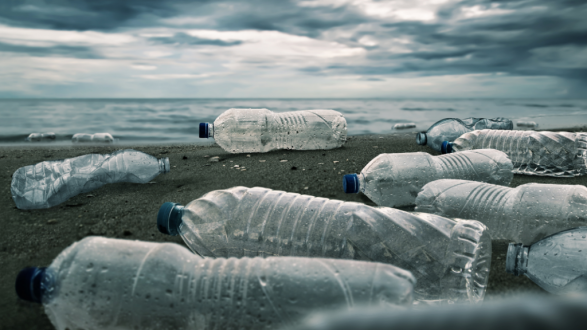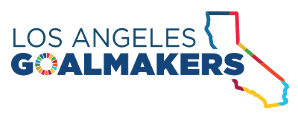Zoom / Password: 091861
A conversation on the water challenges facing the United States and the world, as part of the Goalmakers initiative on the Sustainable Development Goals. This event is presented in partnership with Stanford's Water in the West.
Members of the public may register for this discussion here. Pacific Council members can register by clicking the Register button below.
Featuring:
Felicia Marcus, William C. Landreth Visiting Fellow, Water in the West, Stanford University
Felicia Marcus is the William C. Landreth Visiting Fellow at Stanford University’s Water in the West Program, an attorney, consultant, and member of the Water Policy Group. Read more.
Moderator:
Newsha Ajami, Director of Urban Water Policy, Water in the West, Stanford University; and Senior Research Associate, Stanford Woods Institute for the Environment
Newsha Ajami is the director of Urban Water Policy with Stanford University’s Water in the West and NSF-ReNUWIt initiatives. She is a hydrologist specializing in sustainable water resource management, water policy, the water-energy-food nexus, and advancing uncertainty assessment techniques impacting hydrological predictions. Read more.
Background:
While sustainability looks at how current generations can meet their needs without compromising that ability for future generations, resilience considers a system's ability to prepare for threats, to absorb impacts, and to recover and adapt after disruptive events. As California, not to mention the United States, grapples with sustainability versus resilience, it faces countless challenges to ensuring its environmental security—chief among them being water.
The United Nations' Sustainable Development Goal 6 emphasizes the importance of clean water and sanitation for all. Critical problems of water quality and usage are evident looking across the United States from the city of Flint, Michigan, to California's Central Valley. Accordingly, how can the country apply "green" infrastructure and "grey" infrastructure to support a sustainable and resilient water supply? Which countries can the United States learn from abroad as it invests in its environmental future? Why do the SDGs achieve a higher level of attention abroad and in the corporate world than they do in the United States today?






